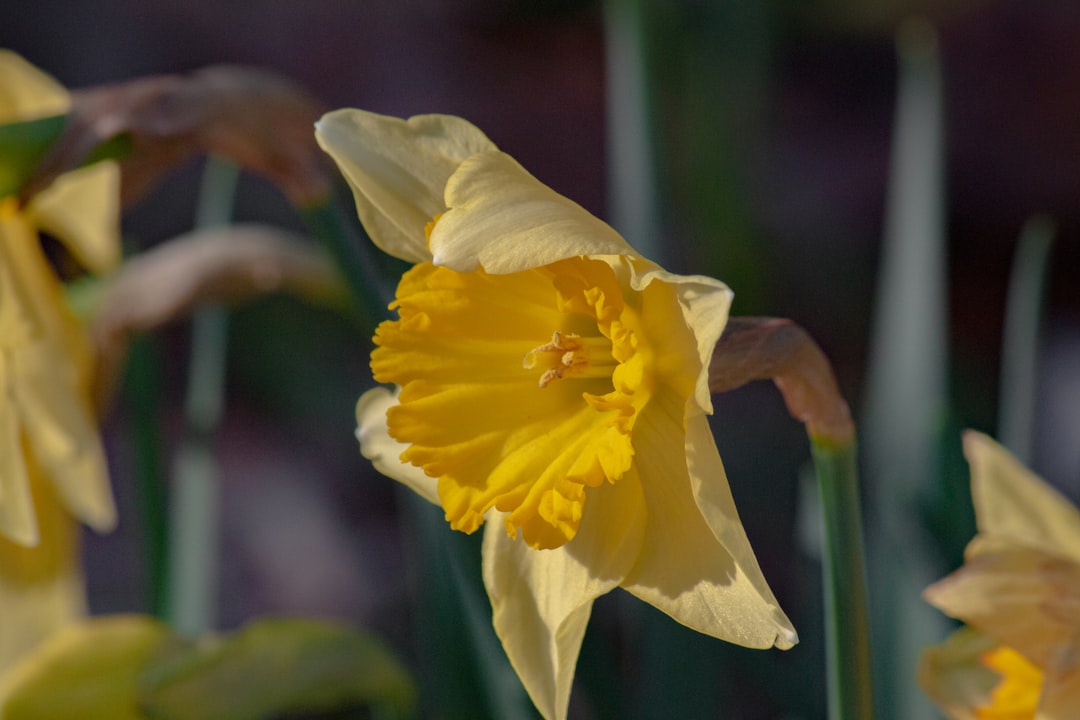Unleashing the Beauty of Hydrangeas in Pots

Hydrangeas are a beloved addition to any garden, with their large, showy blooms and vibrant colors. But what if you don't have a large garden or want to add a touch of color to your patio or balcony? Can you grow hydrangeas in pots? The answer is a resounding yes! With the right care and attention, you can enjoy the beauty of hydrangeas in containers.
One of the first things to consider when growing hydrangeas in pots is the type of pot you choose. Select a pot that is large enough to accommodate the root system of the hydrangea. A pot with a diameter of at least 18 - 20 inches is recommended. Make sure the pot has drainage holes at the bottom to prevent waterlogging, which can lead to root rot. Terracotta or ceramic pots are good options as they are porous and allow for better air circulation around the roots.
Soil is another crucial factor. Hydrangeas prefer well - draining, fertile soil. A good potting mix for hydrangeas can be made by combining equal parts of peat moss, perlite, and compost. This mixture provides the right balance of moisture retention and drainage. You can also add a slow - release fertilizer to the soil at the time of planting to give your hydrangea a good start.
When it comes to sunlight, hydrangeas in pots need a balance. They generally prefer partial shade, especially during the hottest part of the day. Too much direct sunlight can cause the leaves to wilt and the blooms to fade quickly. Place your potted hydrangea in a location where it gets morning sun and afternoon shade, such as under a tree or on a shaded patio.
Watering is essential for the health of potted hydrangeas. These plants need consistent moisture, but they don't like to sit in water. Check the soil regularly by sticking your finger about an inch into the soil. If it feels dry, it's time to water. Water deeply until water runs out of the drainage holes. During hot summer months, you may need to water your hydrangea more frequently, perhaps every day or every other day.
Fertilizing your potted hydrangea is also important. Use a balanced, water - soluble fertilizer every 4 - 6 weeks during the growing season (spring through summer). You can also use a fertilizer specifically formulated for hydrangeas, which will contain the right balance of nutrients to promote healthy growth and abundant blooms. In the fall, stop fertilizing to allow the plant to prepare for dormancy.
Pruning is a necessary step to keep your potted hydrangea looking its best. The best time to prune hydrangeas depends on the type of hydrangea you have. For most common hydrangea varieties, prune in late winter or early spring before new growth begins. Remove any dead, damaged, or weak branches. You can also shape the plant by cutting back overgrown branches.
Another aspect to consider is the winter care of potted hydrangeas. Since the roots are more exposed in a pot, they are more vulnerable to cold temperatures. In areas with harsh winters, you can move your potted hydrangea to a protected location, such as an unheated garage or basement. You can also wrap the pot with burlap or insulation to provide extra protection.
In conclusion, growing hydrangeas in pots is a rewarding experience. By following these essential tips on pot selection, soil, sunlight, watering, fertilizing, pruning, and winter care, you can ensure that your potted hydrangeas thrive and bring beauty to your outdoor space for years to come.